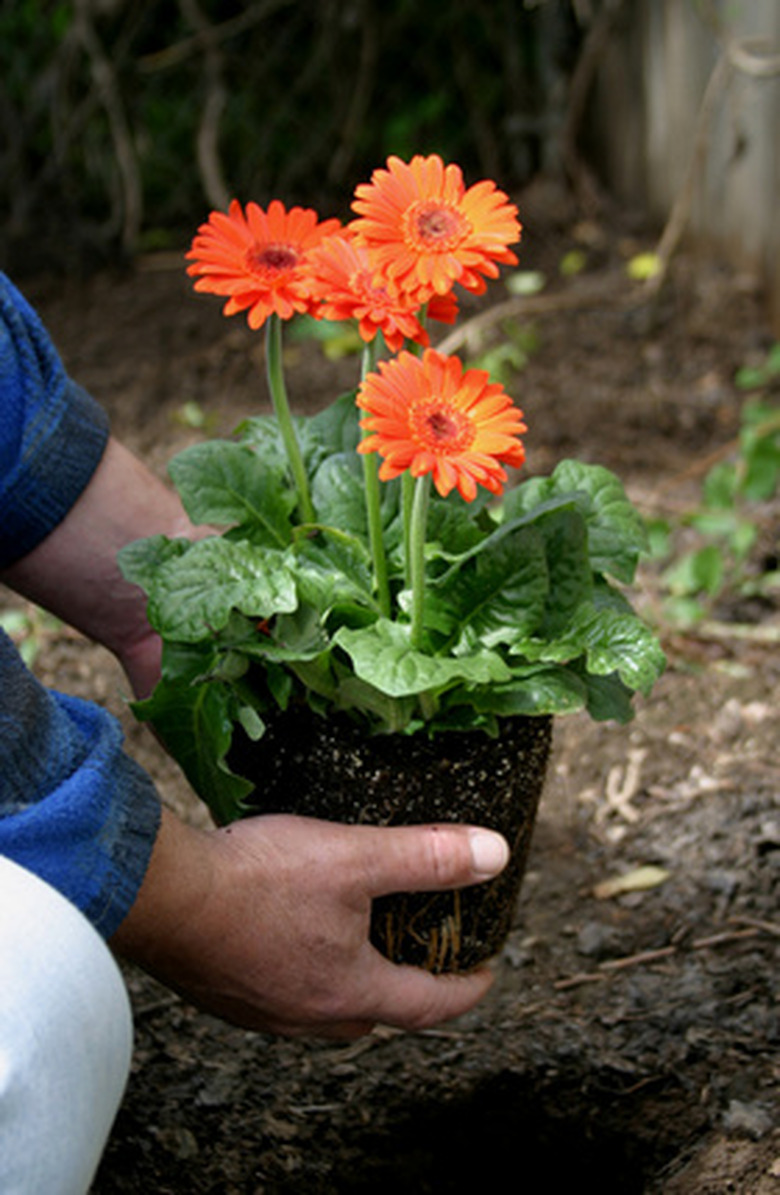Planting Zones In Virginia
The climate in Virginia differs largely across the state–so much so that the state identified five different climate regions based upon average winter and summer temperatures and annual precipitation. No matter which climate region you garden in, maximum gardening success begins by identifying your United States Department of Agriculture hardiness zone, which is determined by the average annual minimum temperatures in the area. Select perennial plants that can withstand the winter temperatures in your area.
Zone 6a
Zone 6a is the coolest area of the state. It falls to the west of the Blue Ridge Mountains and is characterized by average annual minimum temperatures of -10 to -5 degrees Fahrenheit. Virginia cities and towns in zone 6a include Harrisonburg, Shenandoah, Lexington, Blacksburg, Marion, Merrimac and Christiansburg.
Zone 6b
Slightly warmer temperatures are associated with regions that fall in USDA zone 6b, which is east of the Blue Ridge Mountains and has average annual minimum temperatures of -5 to 0 degrees Fahrenheit. This includes many Northern Virginia towns such as Hillsboro, Leesburg, Great Falls, Reston, Centreville, Fairfax, Chantilly and Front Royal. The zone also includes southwestern Virginia towns such as Dryden, Gate City, Abingdon and Wytheville.
Zone 7a
Many cities around near the Washington D.C. Beltway fall into zone 7a. Zone 7a has average minimum temperatures that range from 0 to 5 degrees Fahrenheit. This includes Virginia towns and cities such as Richmond, Roanoke, Midlothian, Annandale, Arlington, Springfield, Woodbridge, Manassas, Winchester, Tuckahoe and Danville.
Zone 7b
The largest swath of zone 7b falls in the state's southeastern region and includes the towns of Williamsburg, Suffolk, Smithfield, Newport News, Alexandria, Hampton, Kilmarnock and Irvington. The zone is far enough from the ocean to be unaffected by the water's warming trends. It is characterized by average minimum temperatures of 5 to 10 degrees Fahrenheit.
Zone 8a
The warmest areas of Virginia include the state's southeastern coastal towns. The Atlantic Ocean and Chesapeake Bay influence the region and warm it significantly. Zone 8a includes Virginia's southeastern coastal towns including Norfolk, Chesapeake, Portsmouth and Virginia Beach. The zone is characterized by average minimum temperatures ranging from 10 to 15 degrees Fahrenheit.
Significance
You may notice that the zones are separated by a difference of 5 degrees Fahrenheit. This may seem like a minor detail, but can mean life or death for plants that may not survive in colder temperatures. Plants that cannot withstand the winter temperatures in your zone will die and will not grow as a perennial. For example, Belladonna lilies and Watsonia are hardy in zones 7 through 10 and will grow as perennials. In zone 6, the plant will likely not survive winter temperatures. Gardeners yearning to try their hand at warmer-region plants can choose to grow them as annuals or in containers that can be brought indoors during the winter.
